Are your windows ready for summer? You could check them yourself, but you might not be aware of everything you should look over. An inspection by a professional replacement window company may unveil problems you didn't even know to look for, and they can identify causes you might not.
What does a typical window inspection involve?The exterior of the windows are checked out first to ensure that they have no damage done by the outside elements. This could be from the normal wear and tear of the weather, or even from sprinklers that are facing towards the windows. Checking the frames and trim of the windows is also ideal. Missing screens are a big portion of the inspection, since they help to protect the window.
When it comes to doing the inspection inside the home, the locks on the windows, the condition of the trim, and the presences of any cracks in the openings are checked for. There is also a test for moisture within the windows themselves, to see if there is a leak somewhere in the window. The bedroom windows should also be checked to ensure that they are properly fitted as emergency exits.
The 10 Most Common Window Defects Found- Fogged windows - Lost insulated glass in windows can be a serious problem. This causes the fog appearance, making it so you cannot see through the window any longer. This seal is there to keep the windows, and the inside of the home more energy efficient. When the seal is broken, the fog then appears between the panes of glass.
- Damaged wood trim on the exterior - When the trim on the outside of the window is broken, this creates an area for moisture to build up and get into the home. This can also rot away any of the wood inside the window.
- Cracked window pane - This not only is letting the air from the inside out of the home, and air from the outside, in but it can also be dangerous. This crack can cause the window to shatter with any little bit of pressure.
- Lack of flashing on the exterior - One of the biggest things that a siding professional has to do is install a piece of flashing to the top of the window. If this is not done, or the flashing is damaged then this can cause the water to pool above the window and eventually come into the home, doing more damage.
- Missing or damaged screens on the windows - Sometimes you might just have them off, but when they do not have screens in them, they're noticed!
Subscribe to Quarve Contracting's Blog


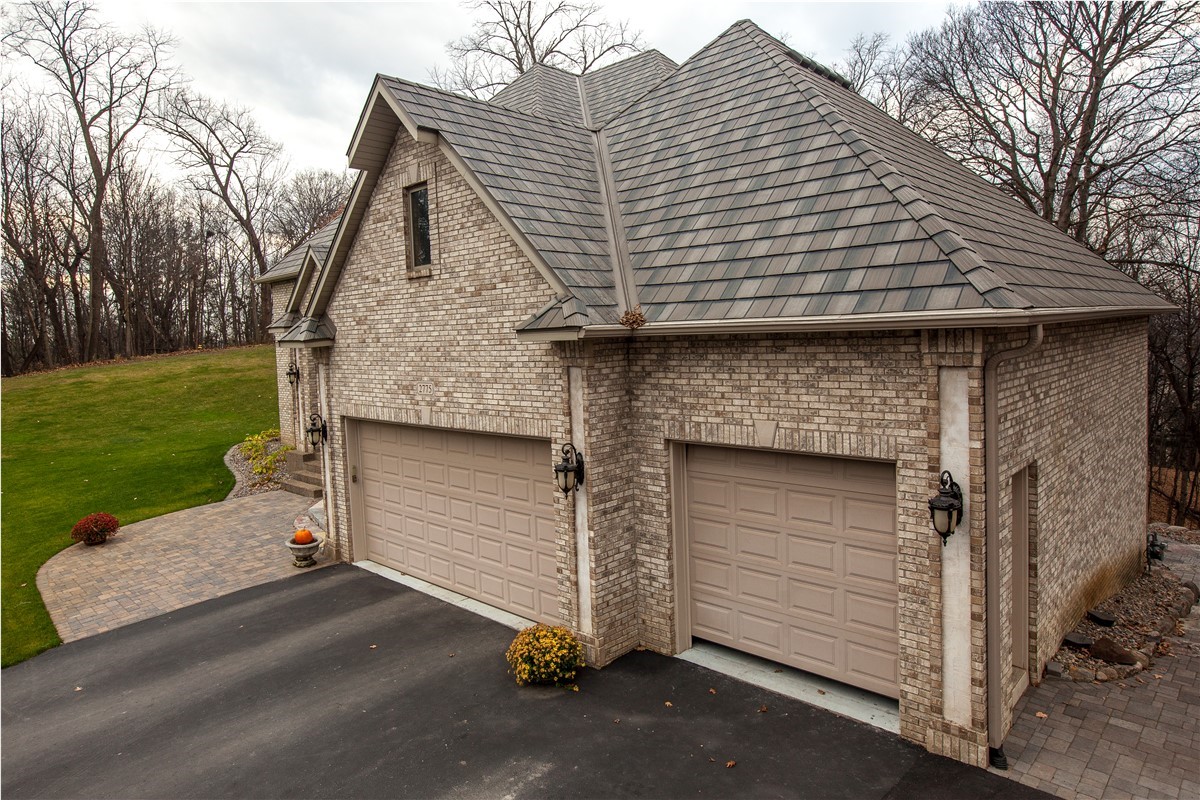
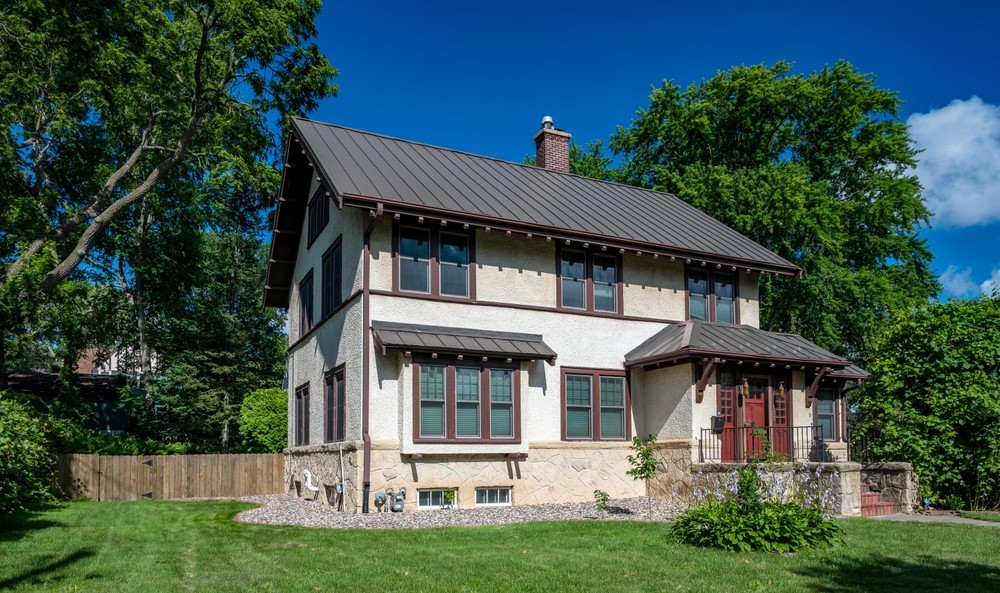
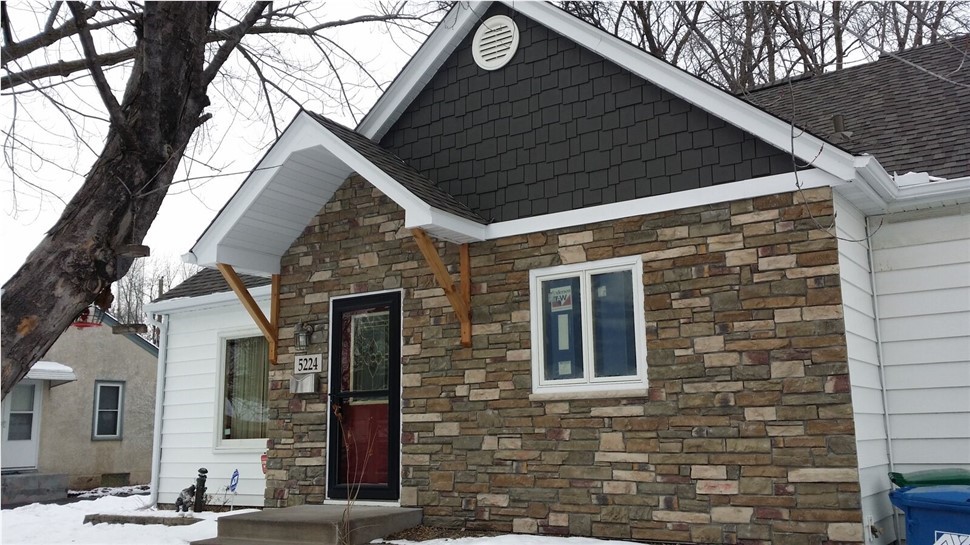
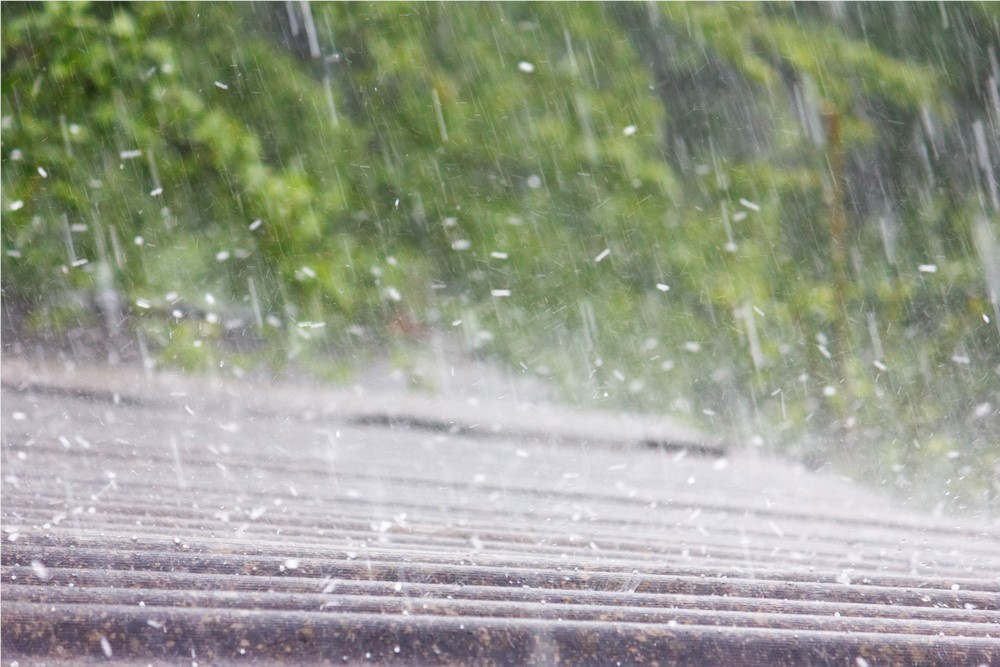
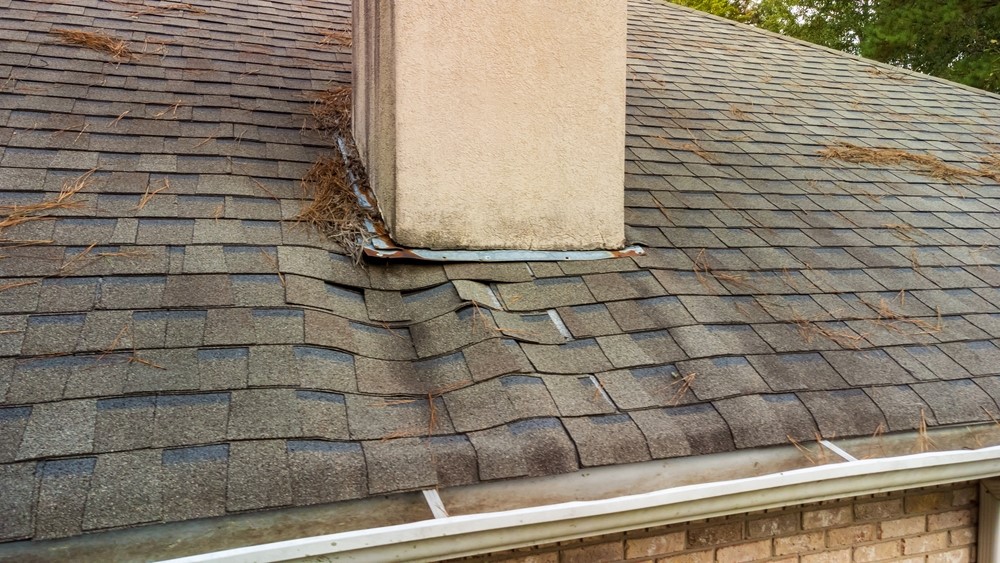
Comments